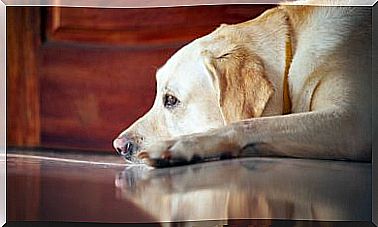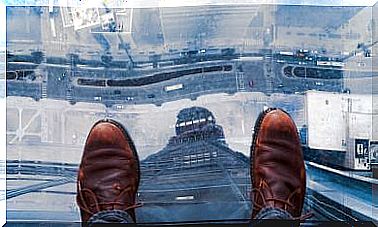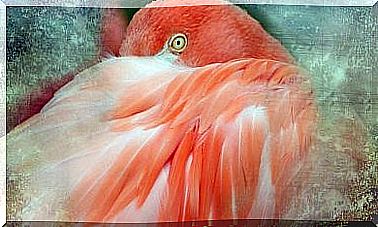Our Brain GPS: A Very Curious System
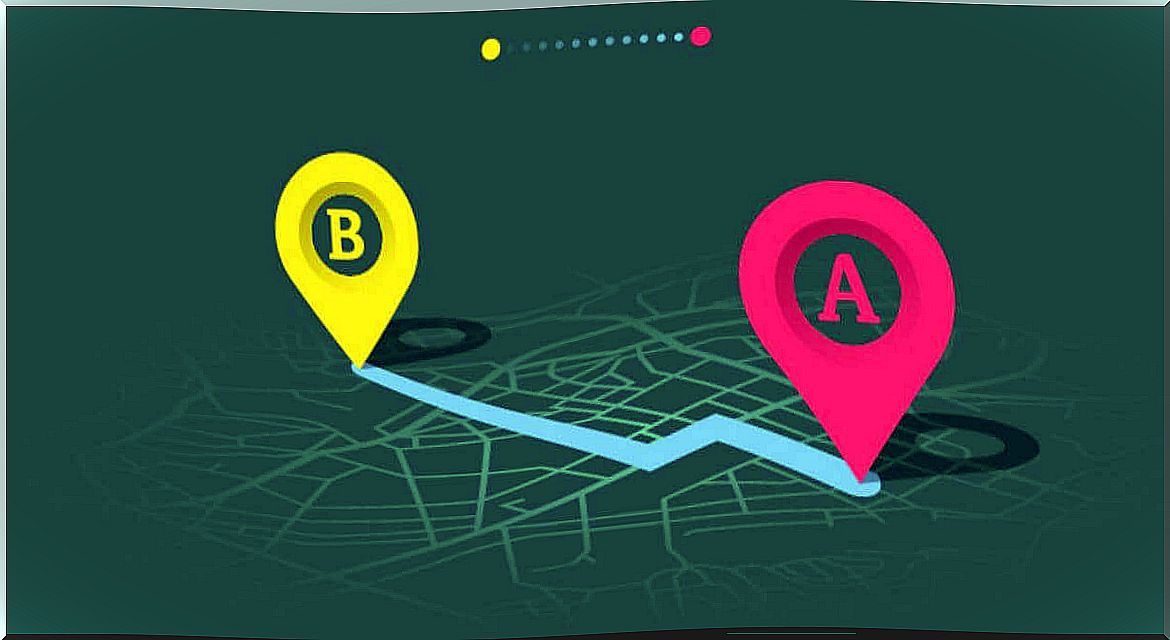
You may be one of those people who, no matter how many navigation systems they invent, always ends up lost. You may also find yourself at the other end and be able to repeat the route you have done, within an unknown city, following a good friend who does know it. You are also able to do it, not without GPS, but without any type of map.
Most of us are not at one extreme or the other, we are somewhere in the middle of this continuum. On the other hand is our real place and the place where we think we are. There are both boasters and sinners of modesty in this sense.
Thus, what concerns us in this article is to try to make a small diagram of what structures the brain uses to orient itself in space as a mental GPS.
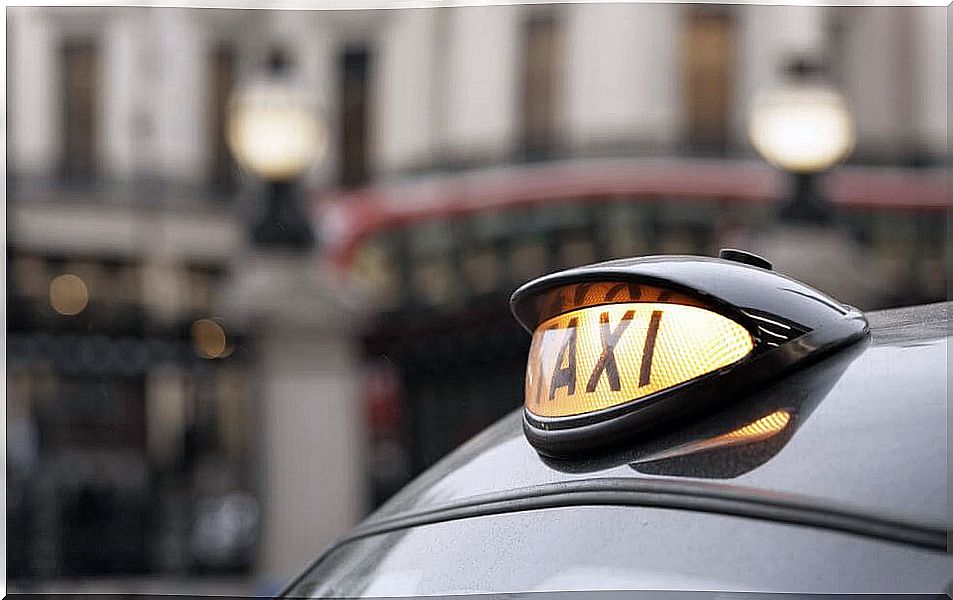
London taxi drivers and their mental GPS
Let’s start by leaving a clear idea, our brain is not plasticine but it does enjoy one of the properties of this fun material: plasticity. Thus, we speak of neuroplasticity as the ability of the brain to functionally and structurally adapt to external demands. One of these adaptations has to do with how we exercise our spatial skills using our mental GPS.
Now we go with the taxi drivers from the city of the red cabins. These taxi drivers are famous in psychology for the classic study conducted by Eleanor Maguire, a professor at University College London. These workers have to take an exam to get their position and in this test the candidates are asked by different routes to get from one place to another.
Well, this test was carried out on people without a certain profession, candidates for taxi drivers and taxi drivers who had already been in the profession for years while they were undergoing an MRI test. Well, it was found that taxi drivers had a significantly larger hippocampal area than non-taxi drivers. In addition, it was found that the size of this area was greater the more years of profession they had been. Revealing, right?
So, think that you quickly orient yourself to the places you know thanks to the fact that you have loaded a small map that takes up space in your brain. Logically, a map of a city as big as London and with routes as different as those taken by a taxi driver has to take up a lot of space.

Areas of the brain involved in orientation
After quoting the classic study that practically kicked off the study of spatial orientation, we are going to mention in this section the areas of our brain responsible for making us more or less proficient in the skill of orienting ourselves. Let’s start with the prefrontal cortex. This area is in charge of controlling our impulses, it seems that it does not develop completely until the end of adolescence and participates in the orientation because it is in charge of making decisions.
The dorsal groove is the one that keeps the already loaded maps that we talked about before. It is the one that the prefrontal cortex pays attention to when we walk through areas that we know. In addition, it stores information on times and distances! in the hippocampus are the so-called location neurons, which allow us to load new maps into the dorsal striatum.
The medial parietal cortex is in charge of direction and sense and the entorhinal cortex places us with respect to a point of reference, such as the place where we have parked the car. Finally, there would be the cerebellum, which would be in charge of coordinating the motor part with what our prefrontal cortex has decided.
Other structures also participate in orientation, such as the limbic system that gives way to anger when our partner does not trust our brain GPS. But outside of these anecdotal interventions, we have described the structures of our mental GPS. We hope you liked the tour and you did not miss it!
